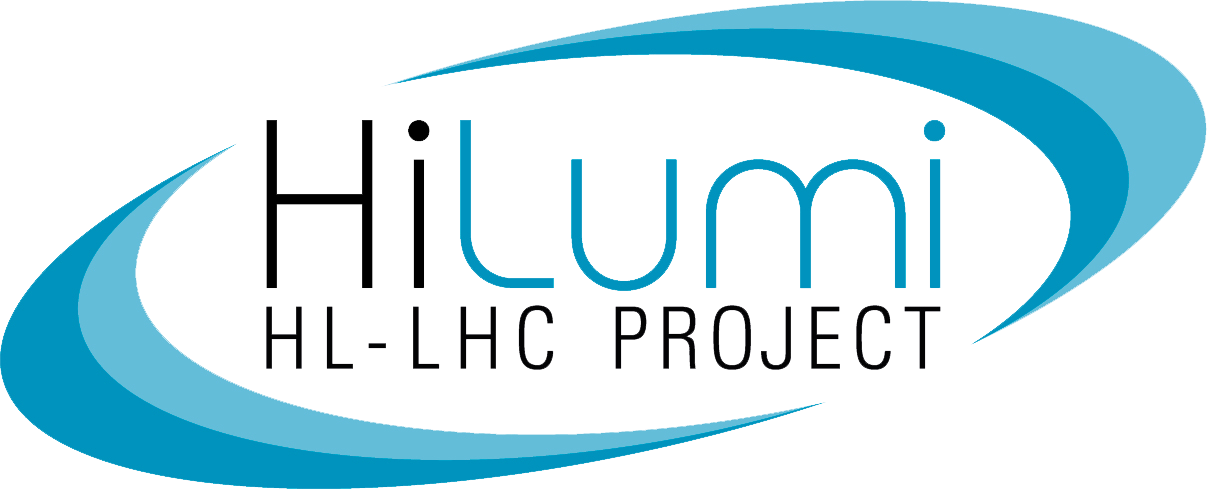During the ongoing EYETS 2023/24, the vacuum group has successfully installed as part of the WP12 scope a first demonstrator of a laser engineered surface structured (LESS) vacuum chamber in the LHC, aimed to qualify this surface treatment technology to be suitable for nominal LHC operation as well in terms of expected absence of particle-beam interaction. The setup is installed in the vacuum sector C5R6.B, at the end of the long straight section right of point 6, with the LESS treated chamber on the outgoing beam and an untreated reference chamber on the incoming beam. The setup has been equipped with additional beam loss monitors for the detection and precise localisation of eventual UFO events. This test will profit from the high intensity proton operation during the remainder of Run 3, and will conclusively validate the operational compatibility of this novel technology for a possible application of the surface processing on the Q5 magnet beam screens of IP1 and IP5 for the HL-LHC era and potential other applications in current and future accelerator components.

By Marcel Himmerlich, TE-VSC-SCC
